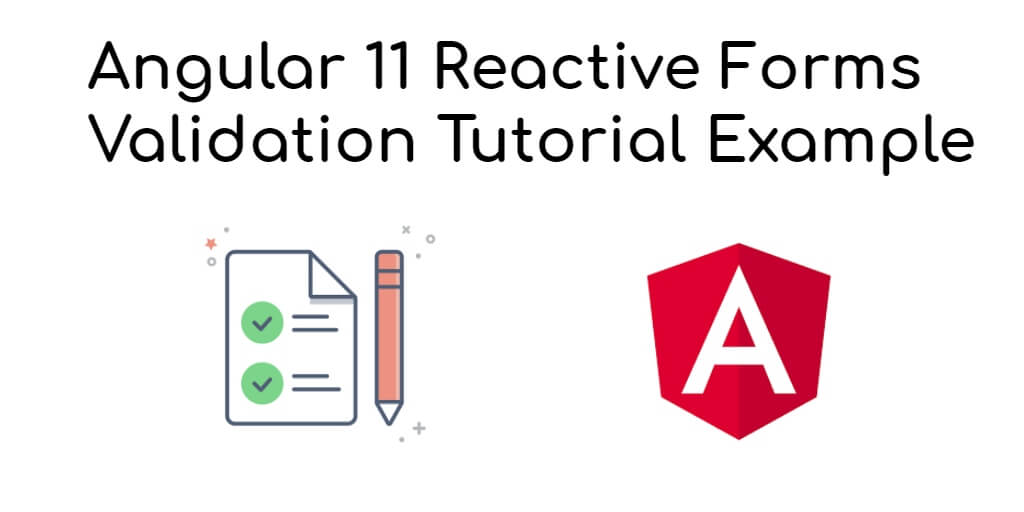Reactive form validation in Angular 11 app. In this tutorial, you will learn how to use reactive form validation in angular 11 app.
As well as, this tutorial will guide you step by step on how use reactive form validation in angular 11. And also use reactive form with formGroup for validation in angular 11 app.
Reactive Form Validation In Angular 11
- Step 1 – Create New Angular App
- Step 2 – Import Form Module
- Step 3 – Add Code on View File
- Step 4 – Use Component ts File
- Step 5 – Start Angular App
Step 1 – Create New Angular App
First of all, open your terminal and execute the following command on it to install angular app:
ng new my-new-app
Step 2 – Import Module
Then, Open app.module.ts file and import HttpClientModule, FormsModule and ReactiveFormsModule to app.module.ts file like following:
import { BrowserModule } from '@angular/platform-browser';
import { NgModule } from '@angular/core';
import { FormsModule, ReactiveFormsModule } from '@angular/forms';
import { AppComponent } from './app.component';
@NgModule({
declarations: [
AppComponent
],
imports: [
BrowserModule,
FormsModule,
ReactiveFormsModule
],
providers: [],
bootstrap: [AppComponent]
})
export class AppModule { }
Step 3 – Add Code on View File
In this step, create simple reactive form with input file element. So, visit src/app/app.component.html and update the following code into it:
<h1>Angular 11 Reactive Forms Validation Example - Tutsmake.com</h1>
<form [formGroup]="form" (ngSubmit)="submit()">
<div class="form-group">
<label for="name">Name</label>
<input
formControlName="name"
id="name"
type="text"
class="form-control">
<div *ngIf="f.name.touched && f.name.invalid" class="alert alert-danger">
<div *ngIf="f.name.errors.required">Name is required.</div>
<div *ngIf="f.name.errors.minlength">Name should be 3 character.</div>
</div>
</div>
<div class="form-group">
<label for="email">Email</label>
<input
formControlName="email"
id="email"
type="text"
class="form-control">
<div *ngIf="f.email.touched && f.email.invalid" class="alert alert-danger">
<div *ngIf="f.email.errors.required">Email is required.</div>
<div *ngIf="f.email.errors.email">Please, enter valid email address.</div>
</div>
</div>
<div class="form-group">
<label for="body">Body</label>
<textarea
formControlName="body"
id="body"
type="text"
class="form-control">
</textarea>
<div *ngIf="f.body.touched && f.body.invalid" class="alert alert-danger">
<div *ngIf="f.body.errors.required">Body is required.</div>
</div>
</div>
<button class="btn btn-primary" type="submit">Submit</button>
</form>
Step 4 – Use Component ts File
In this step, visit the src/app directory and open app.component.ts. Then add the following code like formGroup and formControl element on component.ts file:
import { Component } from '@angular/core';
import { FormGroup, FormControl, Validators} from '@angular/forms';
@Component({
selector: 'app-root',
templateUrl: './app.component.html',
styleUrls: ['./app.component.css']
})
export class AppComponent {
form = new FormGroup({
name: new FormControl('', [Validators.required, Validators.minLength(3)]),
email: new FormControl('', [Validators.required, Validators.email]),
body: new FormControl('', Validators.required)
});
get f(){
return this.form.controls;
}
submit(){
console.log(this.form.value);
}
}
Step 5 – Start Angular App
In this step, execute the following command on terminal to start angular app:
ng serve
